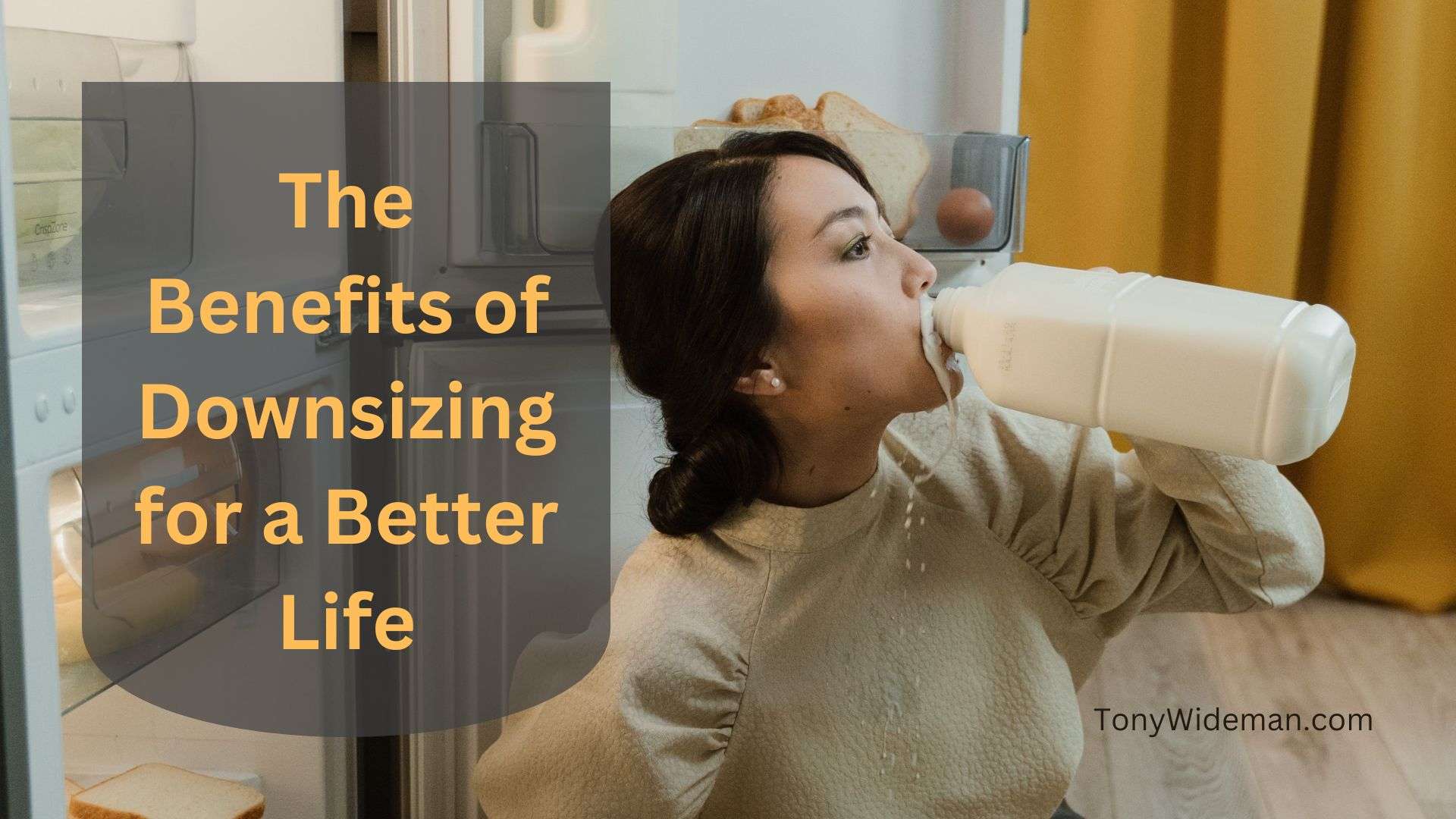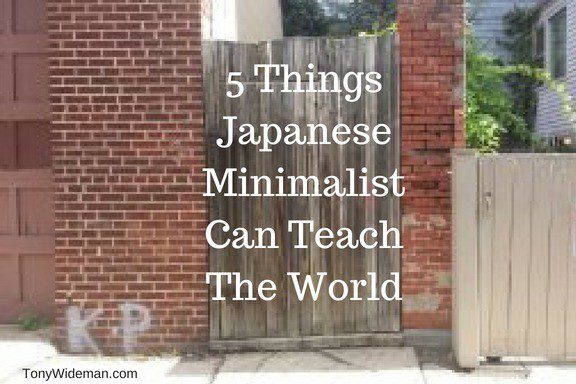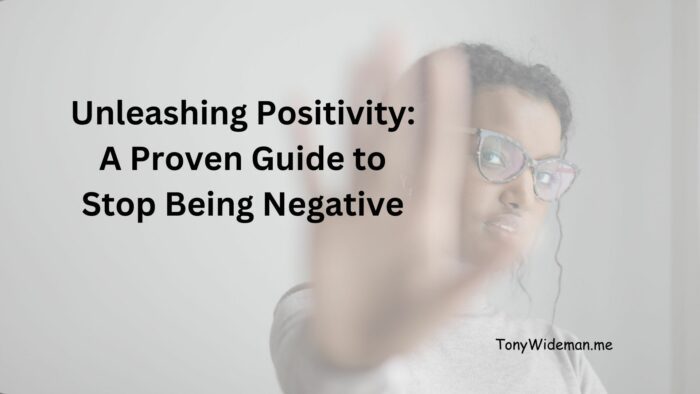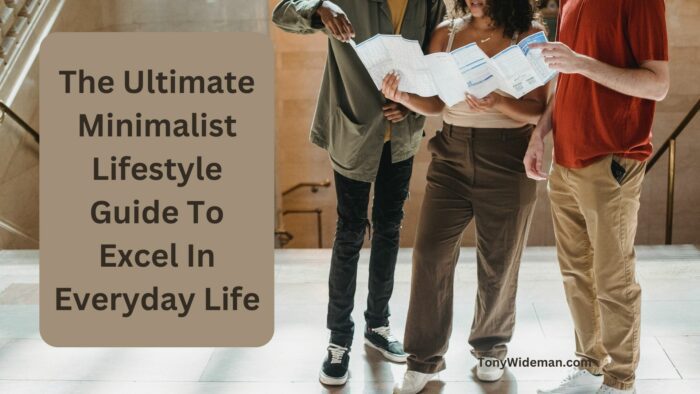Minimalism: Stop Buying Unnecessary Things
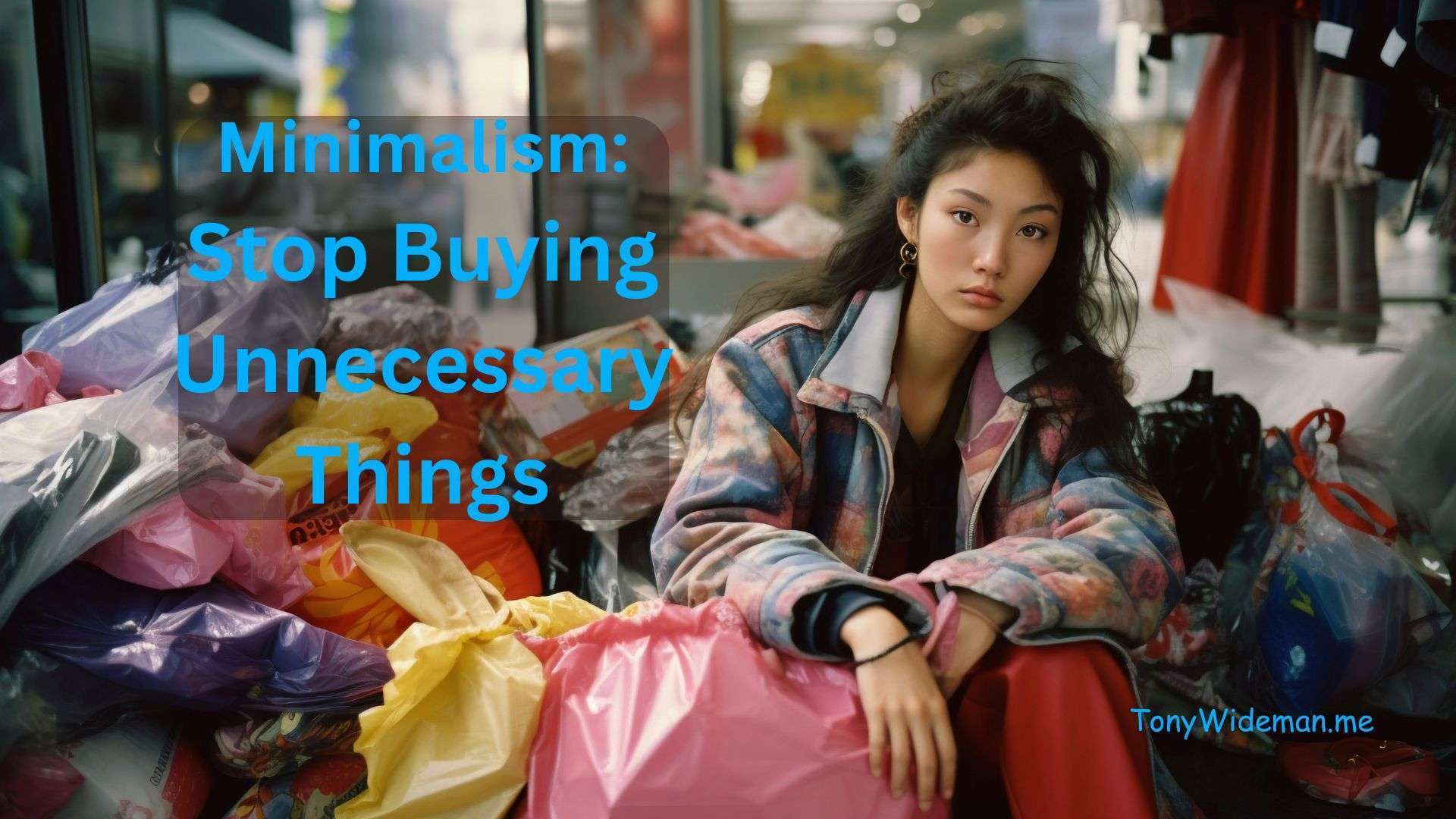
So, what exactly is this minimalist thing, you ask? Minimalism is a mindset and lifestyle that focuses on simplicity and living with only what is necessary.
It’s about stripping away the excess to focus on what’s truly important to you. By doing so, you’re likely to find a sense of freedom and contentment that can be overshadowed by material clutter.
I’m going to tell you why it isn’t just a fad. It’s a means to create more meaningful engagements with your surroundings, loved ones, and inner self.
When you choose quality over quantity, you’re not merely reducing the number of things you own; you’re also making room for experiences and connections that can enrich your life far more than any new gadget or gizmo.
You’ll find ways minimalism contrasts with consumerist behavior, which often equates happiness with acquiring goods.
It’s a false narrative that has led many of us to collect items compulsively without considering their actual value or purpose in our lives.
This isn’t just about decluttering; it’s about re-evaluating what truly adds value to your life and realizing the cost of maintaining and storing all that ‘stuff’ – a price that isn’t just financial but also emotional and environmental.
And that’s the critical handoff to our next topic.
While a minimalist approach has benefits, why is it so hard to kick the habit of buying unnecessary things?
As we transition to the following sections, we will dive into the psychological aspects behind our purchasing decisions and explore why saying ‘no’ to more can make us happier.
Introduction to Stop Buying Unnecessary Things
In today’s consumer-driven society, it’s easy to buy unnecessary things.
From flashy gadgets to trendy clothes, the temptation to spend money on unnecessary items is everywhere. However, impulse buying can wreak havoc on your finances, leading to debt and financial stress.
This post will explore practical strategies to curb impulse buying and save money.
Understanding Impulse Buying
Impulse buying occurs when you make unplanned purchases without considering the consequences. It’s driven by emotions rather than rational decision-making.
Retailers capitalize on this by strategically placing enticing products near checkout counters or offering limited-time deals to create a sense of urgency.
The Cost of Impulse Buying
The benefits of stopping buying unnecessary things can seem obvious. Impulse buying can have serious financial repercussions.
Each unnecessary purchase adds up, draining your bank account and preventing you from reaching your financial goals.
Moreover, it can lead to clutter in your home as you accumulate items you don’t need or use.
The Psychological Trap of Buying More
As a result of stopping buying unnecessary things, I will unpack something that most of us have experienced—that buzz when you purchase something new.
Have you ever wondered why buying something off your wish list feels so good, even if only momentarily?
That’s because a little dopamine chemical is released in our brains whenever we anticipate a reward or experience something novel.
This isn’t just about the allure of new gadgets and gizmos; it’s also about the underlying social pressures. You’re likely familiar with the ‘keeping up with the Joneses’ phenomenon.
It’s a relentless cycle where we look to our neighbors, friends, and celebrities, yearning for the same shiny new toys they have. Without realizing it, we’re swept up in proving our worth through the things we own.
Have you ever felt that urge to splurge on something even when you know it’s unnecessary?
That’s the desire for excess taking hold.
It’s a common trap, but here’s some good news: you can overcome it.
Acknowledging that this desire exists is the first step.
Once you identify the reasons you’re tempted to buy, you can resist them actively.
Tips to Stop Buying Unnecessary Things
1. Create a Budget
Establishing a budget is crucial for controlling your spending.
Allocate specific amounts for essentials like groceries, bills, and savings, and stick to these limits.
Use budgeting tools or apps to track your expenses and identify areas where you overspend.
2. Make a Shopping List
List items you genuinely need before heading to the store or browsing online.
Stick to this list and avoid deviating from it, no matter how tempting the discounts or promotions may be.
3. Delay Gratification
Practice delaying gratification by implementing a “cooling-off” period before making non-essential purchases.
My favorite tip is to wait at least 24 hours before buying something, giving yourself time to evaluate whether it’s necessary or an impulse buy.
4. Identify Triggers
Recognize the triggers that lead to impulse buying, such as stress, boredom, or peer pressure.
Find healthier alternatives to cope with these triggers, such as exercising, reading, or spending time with loved ones.
5. Unsubscribe from Marketing Emails
Reduce exposure to temptation by unsubscribing from promotional emails and newsletters (Not This One).
Declutter your inbox and eliminate the constant barrage of sales pitches that can tempt you to spend impulsively.
6. Practice Mindful Spending
Adopt a mindful approach to spending by asking yourself questions before purchasing.
Consider whether the item is essential, if it aligns with your values, and if you can afford it without compromising your financial goals.
7. Improved Financial Health
By curbing impulse buying, you’ll have more money to allocate towards savings, investments, and debt repayment, ultimately improving your financial well-being.
8. Reduced Clutter
Avoiding unnecessary purchases helps prevent clutter in your living space, leading to a more organized and stress-free environment.
9. Increased Satisfaction
Focusing on meaningful purchases that align with your values and goals leads to greater satisfaction and fulfillment in the long run.
Take My Challenge! Please allow me to empower you and share how I create a free lifestyle.
Practical Tips to Embrace Minimalism
I will provide you with some hands-on strategies for living a minimalist lifestyle and stopping buying unnecessary things.
It’s not just about decluttering your space; it’s also about reshaping your purchasing habits for the long term.
First, conduct a home inventory by separating your belongings into categories. Determine which items you use regularly and which have just been gathering dust.
This isn’t about stripping your life down to bare walls and floors but choosing things that resonate with you and serve a purpose.
Next, set clear goals for reduction. Aim to decrease the number of redundant items—do you need three different blenders?
Implement the one-in, one-out rule: for each new item you bring home, ensure that something else gets donated, sold, or responsibly disposed of.
This keeps your belongings in check and helps maintain a minimalist home. Whenever you’re tempted to purchase, ask yourself a few critical questions.
- Do I need this?
- Will I use it regularly?
- Does it serve multiple purposes?
- Can I borrow or rent it instead? (Another Favorite)
- Is this an emotional or impulsive buy?
I believe being mindful of these questions can dramatically reduce spending and help people stop buying unnecessary things.
These are my rules to live by.
You can constantly adjust your approach down the road.
For example, if you’ve gone a bit too minimal, it’s okay to reintroduce items into your life that you truly missed. However, remember to keep diligently assessing your wants versus needs.
Lastly, it’s beneficial to establish a waiting period for any non-essential purchases.
If you still feel the item is necessary after a week or a month, it’s probably a good sign that it’s more than a passing desire.
The Ripple Effects of Your Minimalist Choices
I will wrap things up by focusing on something beyond the personal benefits of minimalism: the broader impact of your choices on the world around you.
First off, let’s talk about the positive environmental impact.
Buying less contributes to less waste and lower product demand, which often translates into less resource depletion and pollution.
That’s right. Every item you don’t purchase is a small victory for the planet. Stop buying unnecessary things. Right? This isn’t just about reducing your carbon footprint—it’s also about setting an example.
It supports industries prioritizing sustainability and sends a message to businesses about shifting consumer preferences towards ethical and eco-friendly products.
But there’s more.
Minimalism has potential benefits for your mental health and relationships.
Fewer possessions can mean less stress and more time and energy to focus on connections with friends and family.
It’s about decluttering your space and your mind, embracing experiences over things. In my experience, others notice when you adopt minimalist practices and stop buying unnecessary things.
Your choices may inspire friends, family, or neighbors to rethink their consumption habits, creating a positive domino effect.
It’s not about preaching minimalism but about living your values and letting them speak for you. I hope this journey into minimalism empowers you to make changes that resonate with you.
Remember that it’s not about deprivation; it’s about focusing on what’s truly important. Your first attempt doesn’t have to be your last—you can constantly adjust your approach.
And don’t worry too much about perfection; the direction counts, not the destination.
Conclusion
Impulse buying can have detrimental effects on your finances and overall well-being.
By implementing strategies like budgeting, making shopping lists, and practicing mindful spending, you can regain control of your finances and make smarter purchasing decisions.
Remember, it’s not about depriving yourself but prioritizing what truly matters and aligning your spending with your long-term goals.



